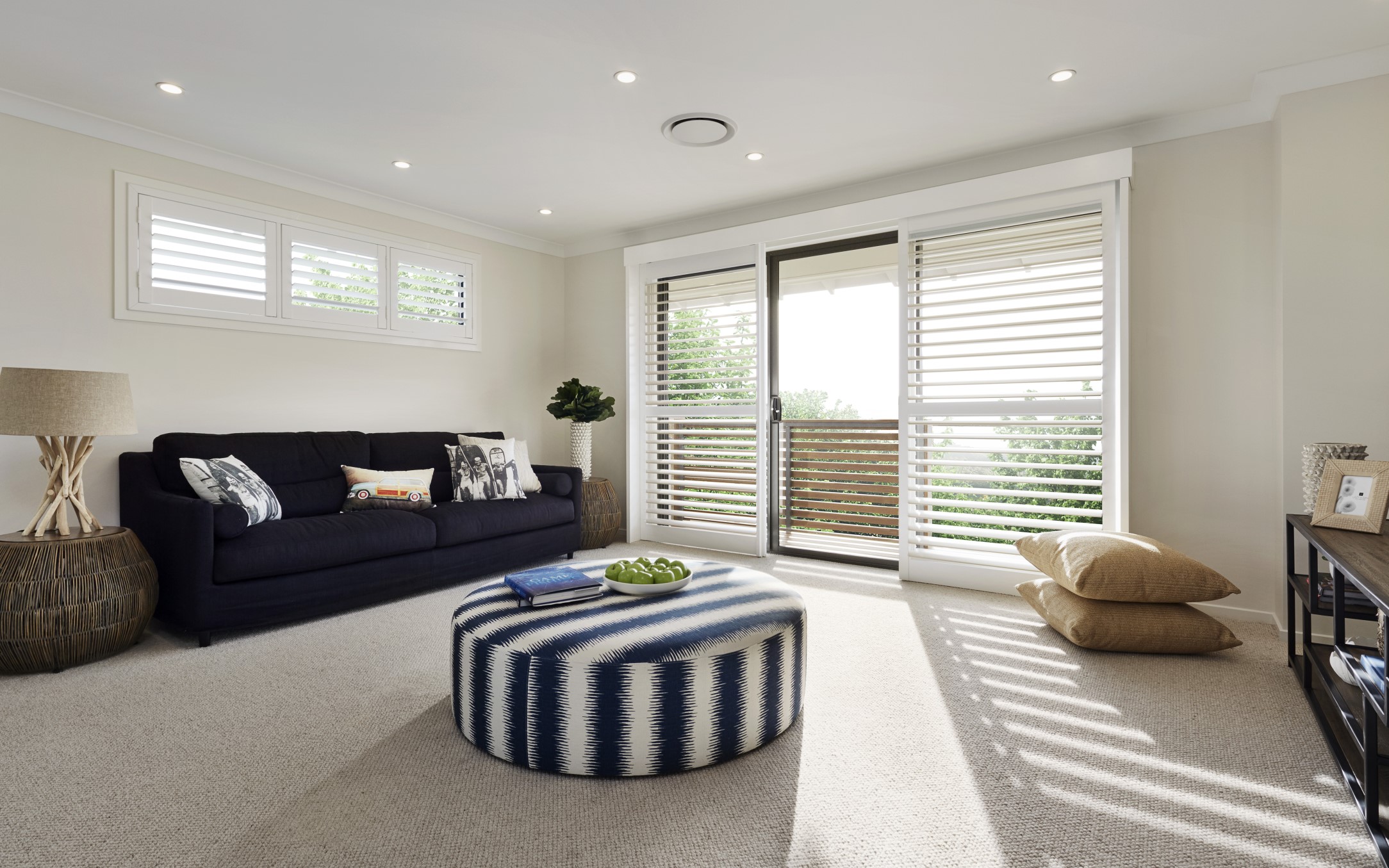Thrive Design, Tips & Trends
The Science Behind A Happy Home
The science behind a happy home
Science has improved our lives in countless ways, from our health, to our natural environment and the technology we interact with every day. But a recent Domain Article has pointed out that science also has something to say about interior design and the impact this can have on human psychology.
Here’s how it works:
Embrace Plant Life
A team of researchers from Rutgers University explored the link between flowers and life satisfaction in a 10-month study of participants’ emotional responses to flowers. “Common sense tells us that flowers make us happy,” said lead researcher, Dr Haviland-Jones. “Now, science shows that not only do flowers make us happier than we know, they have strong positive effects on our emotional wellbeing.”
Check out our top tips for keeping your greenery thriving with Formed Gardens landscape architect, Luke Baldwin.
Make your bed every day.
Gretchen Rubin, author of the bestselling book The Happiness Project explains that making the bed was “the number one most impactful change that people brought up over and over” as she researched her book on inspiring happiness.
"Making your bed is a step that's quick and easy, yet makes a big difference," Rubin said. "Everything looks neater. It's easier to find your shoes. Your bedroom is a more peaceful environment. For most people, outer order contributes to inner calm."
Good luck explaining this one to your kids...
Introduce happy colours
A study from Vrije University in Amsterdam found that people mostly associate yellow or green with positive experiences, and in particular, happiness. The study’s authors reported: “In accordance with the findings, the popularity of green increased with age. While the so-called ‘anti-colours’ – white and black – were consistently disliked”.
We’ve got to admit that green and yellow aren’t our first choices when it comes to painting… and we are still strong supporters of crisp white walls and stylish black features. Perhaps try a feature wall before going the whole hog with your greens and your yellows! Otherwise, introduce pops of colour through soft furnishings like lounges, a feature armchair or even cushions.
Furnish with round objects
Research by Harvard Medical School shows that the type of contour an object possesses – whether that be sharp, angled or curved – has a critical influence on people’s attitude toward that object. The study shows that humans tend to have an affection for curves, as they convey warmth, while sharp elements (e.g. a V-shaped corner) can convey a threat.
Round coffee and dining tables are great for this, coupled with a round rug. Ottomans are also a nice way of bringing some roundedness into your living space.
Make your workspace personal
We’ve written before about how to work from home without going cray cray.
An experiment carried out by researchers Craig Knight and S. Alexander Haslam of the University of Exeter found that office workers were up to 32 per cent more productive when given control of how to arrange and decorate their workspace.
In addition, the presence of living plants in a workspace is thought to have the additional benefit of purifying the air, thereby helping workers feel happier and healthier.




